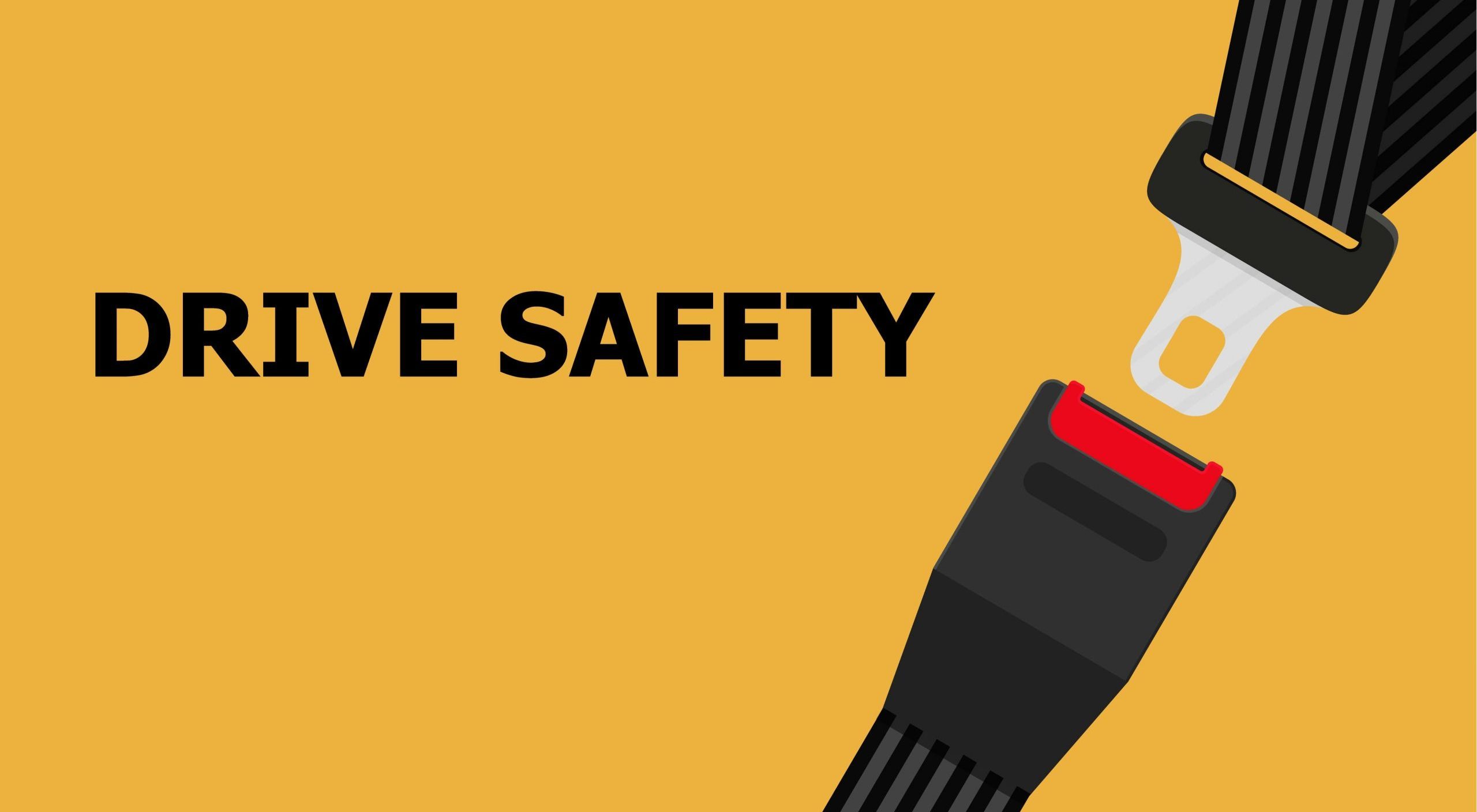Safe Driving: Key Instructions to Have a Smooth Ride (PDF)
Whether you’re commuting to work, chauffeuring your kids to their activities, or simply running errands, prioritizing safe driving should always be the norm. Nothing can ruin your day quite like a car accident, which, if severe, could have life-altering consequences. To ensure the utmost safety on the road, consider these valuable tips as an extra layer of protection.
- Maintain Steady Focus on the Road
- Practice Defensive Driving Techniques
- Keep Essential Items Within Reach
- Maintain Your Vehicle’s Roadworthiness
- Know How to Proceed if an Accident Happens
- Additional Safe Driving Tips

1. Maintain Steady Focus on the Road
In today’s world, distractions are more abundant than ever behind the wheel. Not surprisingly, distracted driving ranks as one of the leading causes of accidents. Keep your eyes firmly on the road, avoiding multitasking at all costs. Pay heed to road signs and traffic signals, and keep a watchful eye on your speed. Staying within the speed limit not only prevents costly speeding tickets but also ensures you can react promptly to any traffic slowdowns.
2. Practice Defensive Driving Techniques
While you cannot control the actions of other drivers, you can be prepared for the unexpected. Anticipate potential hazards on the road and maintain a safe distance between your vehicle and the one in front. A general rule of thumb is to maintain a two-second following distance, increasing it to four seconds during inclement weather conditions.
3. Keep Essential Items Within Reach
Ensure that any necessary items, such as your garage door opener, are easily accessible while driving. Reaching for objects in the backseat can lead to accidents. If something falls while driving, wait until you can safely pull over to retrieve it.
4. Maintain Your Vehicle’s Roadworthiness
Regular vehicle maintenance is critical for the safety of both you and your passengers. Always wear your seatbelt, adjust all mirrors, and make sure your vehicle is in optimal condition before setting off.
5. Know How to Proceed if an Accident Happens
Even the most cautious drivers can find themselves in an accident at times. Knowing how to react in such situations is crucial. First, call the police and report the accident, then seek medical attention for any injuries. Adrenaline can mask the awareness of injuries, so never skip a medical evaluation. If possible, take photos or videos of the accident scene, collect witness information, and, if unable to do so due to injuries, consider contacting a traffic accident attorney promptly to initiate the claims process for fair compensation.
Additional Safe Driving Tips
- Avoid Distractions: Distractions like loud music and excessive smartphone use can impair reaction times. Lower the volume and prioritize driving.
- Maintain Safe Following Distances: Keep a safe distance from the vehicle in front of you to provide a buffer in case of sudden stops.
- Adhere to Speed Limits: Respect speed limits, adjust your speed to traffic conditions, and never treat them as targets.
- Anticipate Traffic: Widen your focus by looking ahead and observing the behaviors of all road users, not just the vehicle directly in front of you.
- Pay Attention to Road Markings: Road markings and signs provide essential safety information, especially in areas with a history of accidents.
- Turn Off Your Mobile Phone: Using a mobile phone while driving is illegal in many places. If you must use it, ensure it’s in hands-free mode and that you remain in control of the vehicle.
- Regular Eyesight Checks: Get your eyesight tested regularly and wear prescription lenses if needed. Ensure your sunglasses also have prescription lenses for sunny days.
- Avoid Driving While Fatigued: Plan your journey to include breaks, especially if driving for extended periods. Short breaks and caffeine can help combat fatigue.
- Maintain Vehicle Condition: Regularly service your vehicle and check fluid levels, tire tread depth, tire pressure, and the condition of headlights and indicators.
- Prioritize Tire Safety: Ensure your tires meet legal tread depth requirements and replace damaged or worn tires promptly.
These guidelines will help you drive more safely and reduce your risk of accidents.
For more information on the dangers that tired drivers pose to your safety, check out this article.




